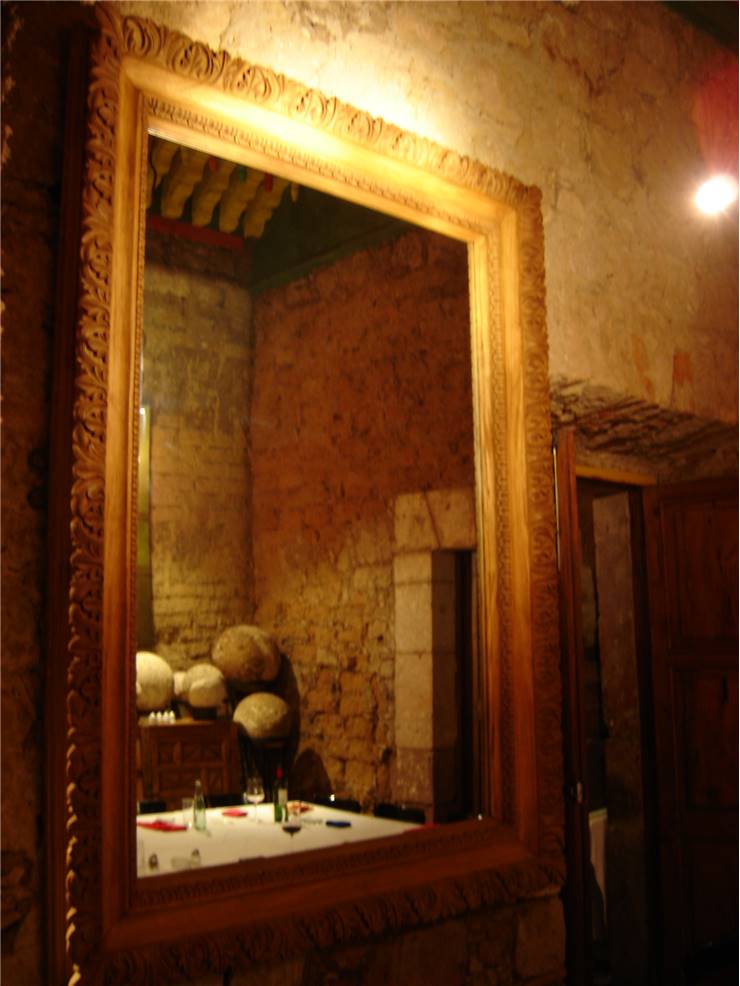When and where was the first mirror invented? - About ancient mirrors
People have been used mirrors throughout the history for many purposes including viewing one's own reflection, decoration, scientific instruments, safety, and entertainment. While glass mirrors are the most common and popular today, mirrors used to be made from a variety of material in ancient times including copper, steel, silver and gold.
The first mirrors used by people were most likely to be a pool of water where they could observe their reflection and consider it magic. The first man-made mirrors were typically made of polished stone such as black volcanic glass obsidian and some examples of this kind of mirrors were found in Anatolia (modern-day Turkey) and have been dated to around 6000BC.
Long before production of glass mirror, the ancient Egyptians made mirrors of metal (copper, bronze, silver, tin, etc). They flattened sheets of metal and polished them until it could be used as a mirror. The mirror they produced had rounded shapes, sometimes with ornamentation on the back side, and usually with a handle so that one could easily use the mirror for self-viewing.

It is believed that glass mirrors were invented at Sidon in the first century AD. After the discovery of glass making, the Romans produced glass mirrors by finishing them with a metal layer. Pieces of glass covered with lead were also found in Roman graves dating from the second and third century. Glass mirrors were quite common in Egypt, Gaul, Germany and Asia. The earliest glass made mirrors were only about three inches in diameter and mirror manufactured from metal was still preferable by many people due to the fact that glass mirrors still did not have a very good reflection. They became more popular after the invention of a technique which allowed glass manufacturers to make flat thin glass and spread hot metal onto the glass without breaking it. The first mirrors were used almost exclusively by the ruling classes.
People have used mirrors both as household objects and as objects of decoration throughout history. The earliest made mirrors were hand mirrors; mirrors large enough to reflect the whole body appeared in the 1st century AD. Celts adopted hand mirrors from the Romans and by the end of the Middle Ages had become quite common throughout Europe. They were usually made of silver, though sometimes of polished bronze.

